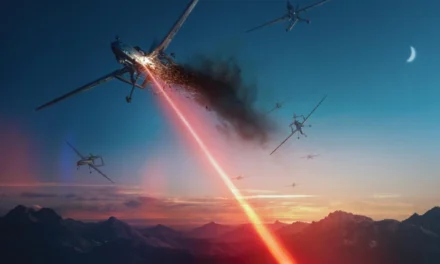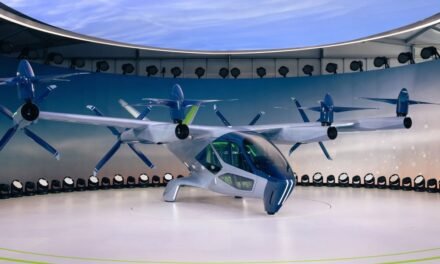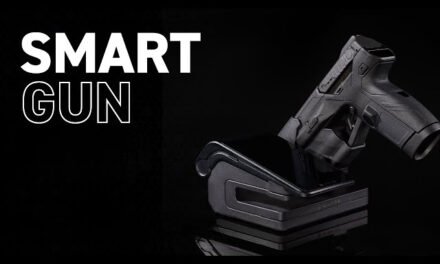Sensors and cameras are critical tools in space exploration and data collection, providing valuable insights and enabling precise measurements in the harsh and distant environment of space. Here’s how they assist in various aspects:
1. Data Collection and Observation
- Planetary and Lunar Mapping: Cameras and imaging sensors onboard spacecraft capture detailed images of planetary surfaces, moons, and asteroids, enabling the creation of topographic maps.
- Astronomical Observations: Telescopes with advanced sensors observe celestial bodies, stars, galaxies, and cosmic phenomena like black holes and nebulae.
- Remote Sensing: Spectrometers and multispectral cameras collect data on the composition, temperature, and atmospheric conditions of celestial bodies.
2. Navigation and Guidance
- Star Trackers: Cameras equipped with sensors identify star patterns to determine spacecraft orientation and maintain accurate navigation.
- Lidar and Radar Sensors: These systems assist in autonomous landing and hazard avoidance by mapping terrain and detecting obstacles in real-time.
3. Scientific Experiments
- Environmental Monitoring: Sensors measure radiation levels, magnetic fields, and particle densities in space.
- Chemical Analysis: Imaging spectrometers identify the chemical composition of surfaces and atmospheres, crucial for understanding the habitability of planets.
4. Human Spaceflight Support
- Health Monitoring: Biometric sensors track astronauts’ vital signs, including heart rate, temperature, and oxygen levels, ensuring their safety in microgravity.
- Environmental Sensors: Measure cabin pressure, CO2 levels, and other parameters to maintain a livable environment onboard spacecraft.
5. Exploration and Robotics
- Rover Navigation: Cameras on rovers like NASA’s Perseverance and Curiosity enable them to autonomously traverse and study planetary surfaces.
- Robotic Manipulation: Sensors and cameras provide feedback for robotic arms to handle samples and conduct experiments.
6. Interplanetary Communication and Imaging
- High-Resolution Cameras: Capture stunning images of Earth and other planets, fostering public interest and scientific outreach.
- Telemetry: Sensors monitor spacecraft health and send critical performance data back to Earth.
7. Atmospheric Studies
- Cameras and sensors monitor weather patterns and atmospheric dynamics on planets like Mars, aiding climate studies and predicting dust storms or other phenomena.
8. Search for Extraterrestrial Life
- Biosignature Detection: Advanced sensors analyze potential signs of life, such as organic molecules or microbial activity.
- Surface Probing: Cameras and spectrometers on landers and rovers investigate environments like the icy crust of Europa or methane lakes on Titan.
Recent Innovations
- Hyperspectral Imaging: Enables analysis of surface materials with unprecedented detail.
- AI-Powered Sensors: Enhance data processing and decision-making capabilities in real time.
By combining visual data from cameras with readings from sensors, space missions gain a comprehensive understanding of extraterrestrial environments, ensuring mission success and advancing our knowledge of the universe.













